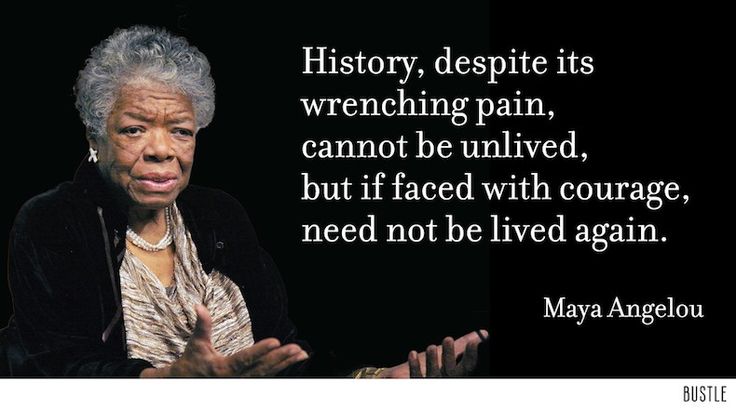After the multiple readings, I could not help but think to myself,” Is the inclusion of a group that is normally overlooked exclusion of other groups?” I find that all too many times movements like the #BlackLivesMatter are severely hindered by this thought exactly. Although they clearly did not intend to exclude people from their movement, the wording alone seems to have charged people both to its side as well as against it almost immediately. From the prospective of the museum, where is the line drawn between these two ideas? Often the traditional narrative of American History has been exclusionary. To allow this to go uncontested is one of the many great tragedies of history. On the other hand, for a museum to get involved with groups that are seen by others as exclusionary due to their own lack of inclusion can spell trouble. Certainly, even just by choosing a theme for an exhibit, a museum can show their own possible bias one way or another, such as the National Museum of African American History and Culture choosing to document the history and artifacts of the #BlackLivesMatter movement, but can a line be drawn between documenting a social movement and the goals and actions of the movement itself? I found myself drawn to the section in the Smithsonian Magazine where it talked about Darian Wigfall, and more significantly where the article discussed the idea that “In addition to the poster (New Age of Slavery by Patrick Campbell) Wigfall also donated a 20-foot wide banner that says, “When injustice becomes law, resistance becomes a duty.”[1] Also, a sign that said “White silence is White consent” caught my attention. Immediately, being someone who studies the 19th century, I recognized the Transcendentalist overtones in both of these ideas. It made me think of a quote by Edmund Burke (although the source of the quote is argued) “The only thing necessary for the triumph of evil is for good men to do nothing.” Although both of these examples were from the #BlackLivesMatter articles, I found the same ideas in the Tenament Museum article only based on the idea of immigrants. The real question to me is, how are museums to walk the thin line between inclusion of often overlooked groups without winding up exclusionary themselves?
[1] Katie Nodjimbadem, “How the African American History Museum Is Curating “Black Lives Matter”, Smithsonian.com, December 14, 2015, http://www.smithsonianmag.com/smithsonian-institution/african-american-history-museum-black-lives-matter-180957530/.
Eric, the point you make is fantastic. I also thought about this through these readings. This might be a cop out but I think museums just simply need to do what they think is best at the time and look past themselves. Sometimes doing something just for the community is the right thing and sometimes doing something just for themselves is right. Obviously, this has gotten museums in trouble before. But I think all they can do is (enter eye-roll and shrug here) do their best.
Absolutely. It is unfortunate but maybe if they can slowly address the issues (ie. the exhibit that had the beautiful tea set next to the shackles and stated that a blacksmith made “both” of these….) maybe we can eventually get to a point where conversation is sparked less by the contraversy that a museum exhibits and more by the thoughts it provokes…
Eric, I also agree that museums just need to do what they feel is necessary for themselves and the community. i feel that after the 90’s museums are almost to afraid to do something because they feel they may get backlash from it. As I explained in my essay that some topics will be uncomfortable and they should be, for example slavery or the holocaust. This should not hinder them from doing what they feel is right or giving it a public voice. Thats what museums are for.
Absolutely Mischa. I don’t think that a hard conversation means there should be no conversation but sometimes we all pick our battles. It is unfortunate that the blow back of the 90’s still sits with museums and their choices but I agree that to a point it has to. I think a huge part to is the mission statement, or what the museum is really about, as well.